For those who need to capture interesting portraits, you have to look at some of the high-quality prime lenses Fujifilm produces. Four of our recommended lenses in this guide are for Fujifilm X-series cameras, and the last two lenses are for the GFX medium format user.
First, I think it is necessary to go through some topics, such as what is the good features of a portrait lens. In addition, I will explain the Fuji XF and GFX lens series, list some Fiji lens abbreviations, and finally, list our recommended lenses for portrait photography.
What to look for when choosing a portrait lens
- Best portrait lenses are commonly prime lenses, that’s because of their wide aperture and shallow depth of field
- Using a lens with a focal length equivalent to around 50mm on a full-frame camera (that’s around 75mm on an APS-C camera), will give a similar perspective to that of the human eye. Also, using a lens with a Short telephoto range. These lens ranges are often called portrait lenses because they are an ideal focal length for taking flattering photos of people. You can move in close and take images without distortion, or step back and include the entire figure without moving so far away. A 70mm or 80mm on a crop sensor camera or a 105mm on a full frame are considered ideal for portrait photography. If your telephoto lens is a prime lens, you get the added benefit of wide apertures.
- If you want a blurred background, keep only your subject sharp. A wide aperture such as f/2 will create a shallow depth of field. This means that the areas before and beyond the point of focus that also appear sharp will be very small. You’ll need to make sure your focus is tack-sharp as it’s unforgiving. The wider the aperture of the lens is the shallower depth of field
- One of the hallmarks of a good portrait is the quality of the background blur, which enhances your subject’s isolation from the rest of the photo’s elements. To achieve this, you need portrait photography lenses with wide maximum apertures (at least f/2.8 or so) and defocusing controls that allow you to control the rendering of out-of-focus areas. This will give your portraits a shallower depth of field, as well as attractive, creamy Bokeh.
The Fujifilm lens series
In this article, we will look at the XF range (used by the X Series designed for the APS-C sensor) and the GF range (used by the GFX for the larger medium format sensor).
The GF and XF are only part of the range of lenses Fujinon (a brand owned by Fujifilm) do and they are specially created and optimized for the X Series & GFX series cameras.
- The Fujifilm X-series is a type of interchangeable lens, with an X lens mount designed by Fujifilm. These lenses are designed for APS-C sensors (6mm x 15.6mm) which are smaller sensors than a full-frame camera. The Crop factor for the Fujifilm X system = 1.5
- The Fujifilm GFX-series is a type of interchangeable lens, with a G mount designed by Fujifilm for use in those cameras in their X-series line that has interchangeable lenses. These lenses are designed for medium format sensors (8mm x 32.9mm); it is a bigger sensor than a full-frame camera. The Crop factor for the Fujifilm GFX system = 0.79
Common Fujifilm lens abbreviations
XC: one of the two classes among current Fujinon lenses for Fujifilm digital mirrorless cameras is the XC. Fujinon XC lenses are generally cheaper and simpler than their XF siblings and are made mostly out of plastic (with metal bayonets). To quote Fujifilm, they are designed to be “compact and casual”.
XF: these lenses generally have metal barrels and wider-than-average apertures. For example, the first XF zoom lens, the Fujinon XF 18-55mm R LM OIS, has an aperture range of f/2.8-4, which is considerably faster than its rivals. It is also quite expensive. XF lenses are the high-performers of the X-mount Fujinon lens line-up. Fujifilm is putting all of its best technology into XF lenses for the highest-possible image quality. Most of them feature ED and aspherical glass elements for better chromatic aberration control, as well as aperture rings.
GF: Fujifilm lens abbreviations that start with GF are made for their GFX line of medium-format cameras
R: This means that this lens has an aperture ring. The aperture ring on Fujifilm lenses is electronic and is not controlled by gearing and can be changed in 1/3 stop increments
LM: This means that the lens has a Linear Motor. Linear Motors are used for autofocus and manual focus and provide good speed and quiet operation. Fujifilm lenses that do not use a Linear motor instead use a coreless DC motor
OIS: Stands for Optical Image Stabilization. OIS is used in lenses to move some of the optical elements to help correct camera shake and provide sharper images when using a slower shutter speed
WR: The WR lens abbreviation stands for Weather Resistance. The WR lenses are the best lenses to use if you plan on working in environments with fine sand, high humidity and sea spray, and rainy locations.
PZ: The PZ lens abbreviation stands for Power Zoom. These lenses have a small, quiet motor that activates the zoom. Instead of you zooming the lens directly by rotating a zoom ring, you rotate a ring that controls the motor. This allows for smoother zoom, useful for recording movies.
Macro: This means that the lens is a macro lens. Macro photographs are extreme close-ups of very small objects and the final printer is normally larger than life size
EBC: Electronic Beam Coating, is used to minimize flare and ghosting. It works by increasing the light transmittance which lets more light pass through the glass towards the sensor which in turn means less light is reflected off of the lens
ALG: All-Group Focusing means all the lens’ optical elements are moved during focusing operation. This maximizes optical performance throughout the focus range
Nano: Nano-GI (Gradient Index) coating technology, which alters the refractive index between glass and air, ghosting and flare are effectively reduced for diagonal incident light
Red Badge Lenses
These are Fujifilm top-of-the-line zoom lenses, they feature fast fixed apertures, weather sealing, and a special lens coating that reduces flaring and increases contrast. These lenses are much sharper from corner to corner throughout the focal range.

Lens abbreviation example

If we look at the Fujifilm XF90mmF2 R LM WR, as an example, we will conclude the following:
This X-mount lens is a metal XF lens, with a 90mm focal length, a maximum aperture of f/2, an aperture control ring, linear motor focus, and weather-resistant construction.
From the lens photo, it has an Electronic Beam Coating, and the filter size is 62mm
Best Fuji Portrait Lens
Here’s a list of the best Fuji portrait lenses on the market today:
It is the best Fuji portrait lens
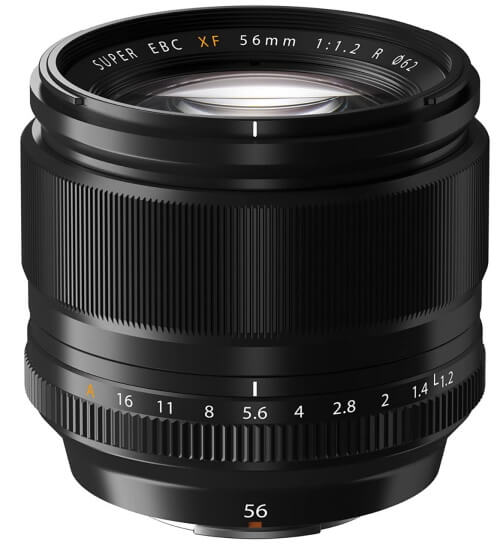
On a crop sensor, the 56mm f1.2 lens is equivalent to an 85mm lens on a full-frame camera. This is perhaps one of the classic focal lengths for portrait photography.
Perfect for portraiture, the XF 56mm f/1.2 R from FUJIFILM is an 85mm-equivalent prime distinguished by its exceedingly fast f/1.2 maximum aperture for isolating subjects and working in low-light conditions.
The optical design employs both aspherical and extra-low dispersion elements, which help to reduce a variety of aberrations, color fringing, and distortion in order to achieve high sharpness and clarity.
A Super EBC coating is used, too, to reduce flare and ghosting for improved contrast and color accuracy in bright and backlit conditions.
Additionally, this lens also features an internal focusing mechanism for quick focusing performance along with a rounded seven-blade diaphragm to produce a pleasing bokeh quality.
Specification
| Focal Length | 56mm (35mm Equivalent Focal Length: 85mm) |
|---|---|
| Maximum Aperture | f/1.2 |
| Minimum Aperture | f/16 |
| Lens Mount | FUJIFILM X |
| Lens Format Coverage | APS-C |
| Angle of View | 28.5° |
| Min Focus Distance | 2.3' / 70 cm |
| Max Magnification | 0.09x |
| Optical Design | 11 Elements in 8 Groups |
| Diaphragm Blades | 7, Rounded |
| Focus Type | Autofocus |
| Image Stabilization | No |
| Filter Size | 62 mm (Front) |
| Dimensions (ø x L) | 2.88 x 2.74" / 73.2 x 69.7 mm |
| Weight | 14.29 oz / 405 g |
Pros:
- The best Fujifilm lens in this focal length range when it comes to sharpness
- A fast aperture of 1.2
- Pleasant bokeh
- Easy to find second hand
Cons:
- The AF motor is not the fastest
- Fly by wire focus ring lacks precision
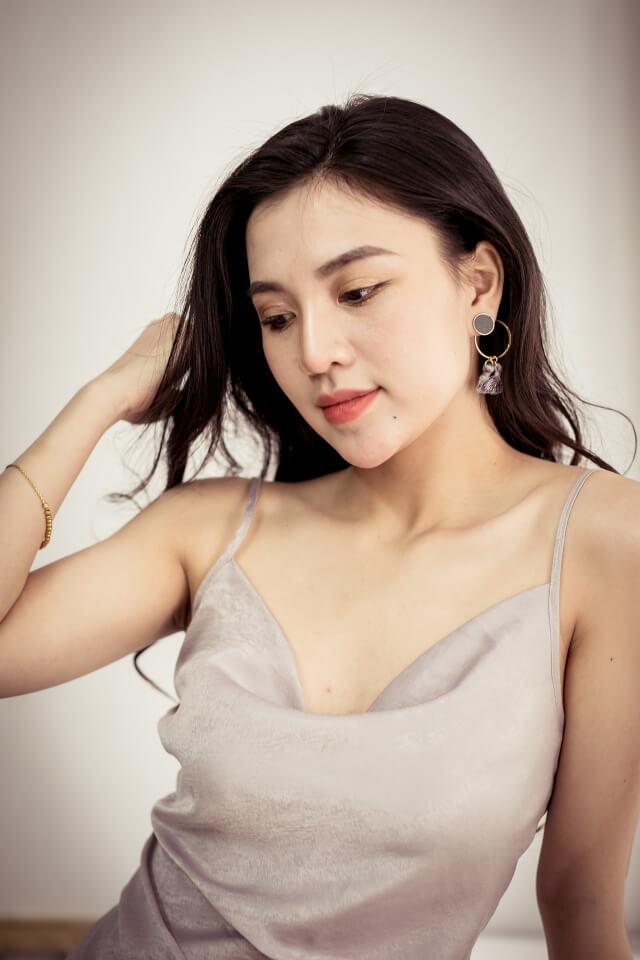
Image by TRƯƠNG QUÂN from Pixabay
The best Fuji budget portrait lens
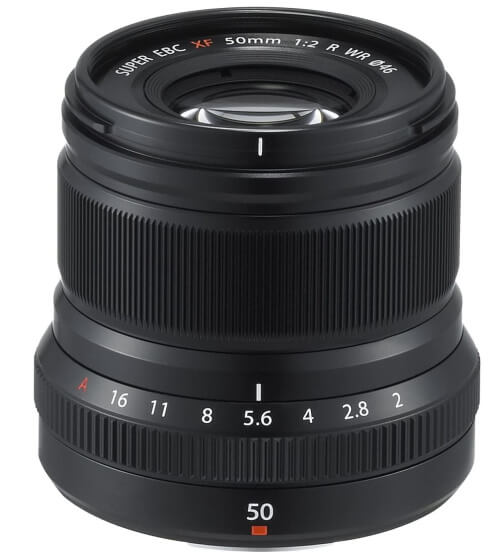
A sleek short telephoto prime for FUJIFILM X-series mirrorless cameras, the black XF 50mm f/2 R WR offers a 76mm equivalent focal length to suit a variety of applications, including portraiture and still life.
The lightweight design and bright f/2 maximum aperture benefit working in low-light conditions and also afford a high degree of control over the depth of field for selective focus techniques.
The optical design features one aspherical ED element, which controls distortion and color fringing for sharper, clearer results throughout the aperture range.
A Super EBC coating is also used to control flare and ghosting for improved contrast and color fidelity when working in bright and backlit conditions. Complementing the optics is a stepping motor, along with an internal focusing design, which provides quick and especially quiet focusing performance.
Additionally, the lens is weather-sealed to suit working in inclement conditions.
Specification
| Focal Length | 50mm (35mm Equivalent Focal Length: 76mm) |
|---|---|
| Maximum Aperture | f/2 |
| Minimum Aperture | f/16 |
| Lens Mount | FUJIFILM X |
| Lens Format Coverage | APS-C |
| Angle of View | 31.7° |
| Min Focus Distance | 1.28' / 39 cm |
| Max Magnification | 0.15x |
| Optical Design | 9 Elements in 7 Groups |
| Diaphragm Blades | 9, Rounded |
| Focus Type | Autofocus |
| Image Stabilization | No |
| Filter Size | 46 mm (Front) |
| Dimensions (ø x L) | 2.36 x 2.34" / 60 x 59.4 mm |
| Weight | 7.05 oz / 200 g |
Pros:
- It has half the size and weight of Fujifilm’s 56 mm f/1.2 R
- Excellent wide-open sharpness
- Attractive Bokeh
Cons:
- Fairly modest f/2 aperture rating
- No optical stabilization
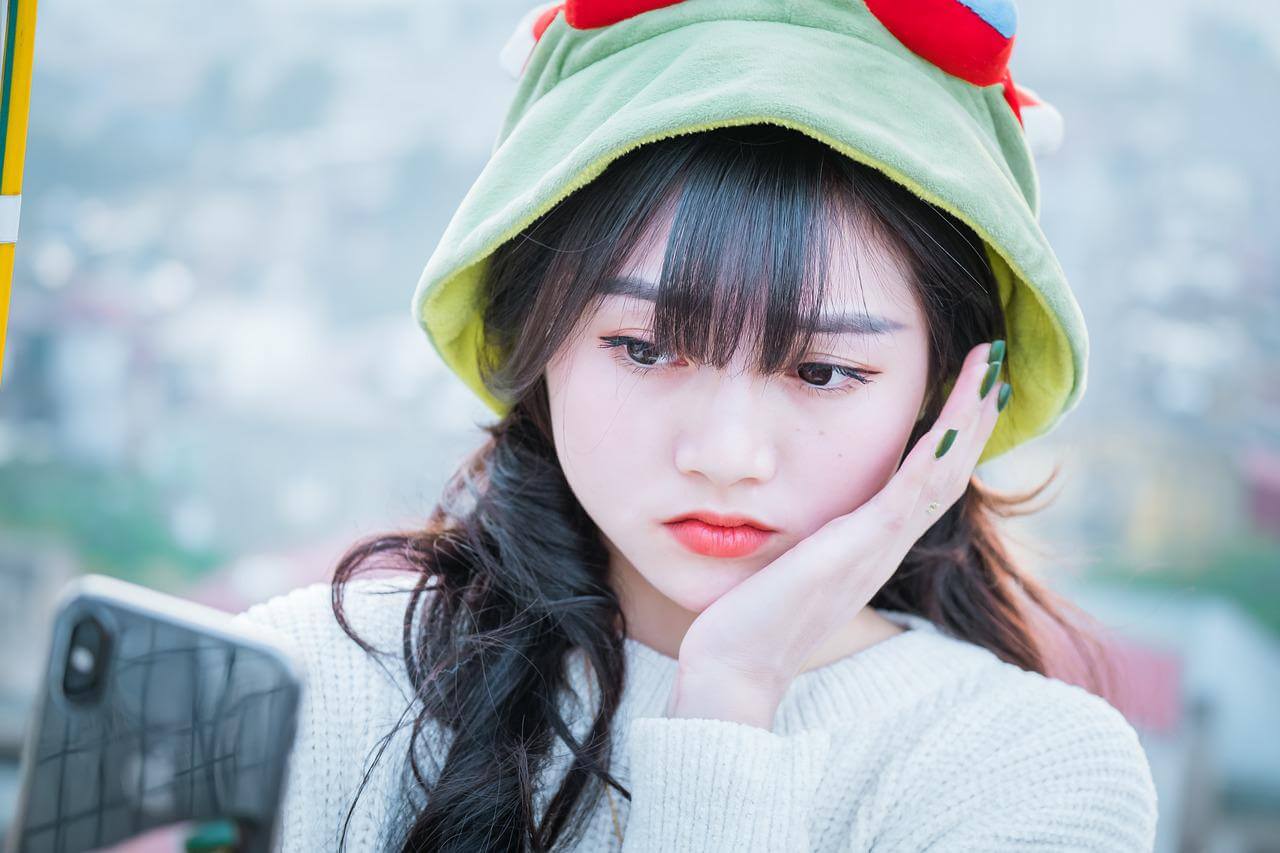
Image by TRƯƠNG QUÂN from Pixabay
The best Fujifilm outdoor portrait lens
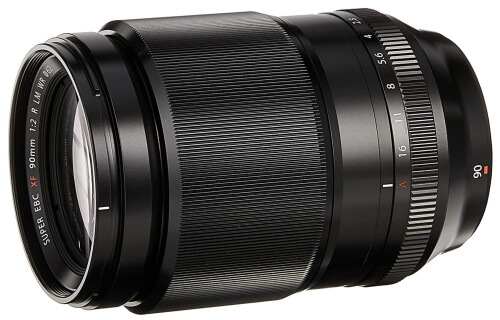
A fast telephoto prime for FUJIFILM X-mount mirrorless cameras, the XF 90mm f/2 R LM WR is a 137mm-equivalent lens featuring a bright f/2 maximum aperture for low-light performance and extensive control over focus placement.
The optical design incorporates three extra-low dispersion elements to minimize chromatic aberrations and color fringing and a Super EBC coating has been applied to control flare and ghosting for increased contrast and color fidelity. Complementing the optical assets, this lens also features a weather-sealed design for working in harsh environments and has a Quad Linear Motor for quick, quiet, and precise autofocus performance.
Specification
| Focal Length | 90mm (35mm Equivalent Focal Length: 137mm) |
|---|---|
| Maximum Aperture | f/2 |
| Minimum Aperture | f/16 |
| Lens Mount | FUJIFILM X |
| Lens Format Coverage | APS-C |
| Angle of View | 17.9° |
| Min Focus Distance | 1.97' / 60 cm |
| Max Magnification | 0.2x |
| Optical Design | 11 Elements in 8 Groups |
| Diaphragm Blades | 7, Rounded |
| Focus Type | Autofocus |
| Image Stabilization | No |
| Filter Size | 62 mm (Front) |
| Dimensions (ø x L) | 2.95 x 4.13" / 75 x 105 mm |
| Weight | 1.19 lb / 540 g |
Pros:
- Sharp from edge to edge.
- No distortion.
- Weather-resistant design.
- Aperture ring.
Cons:
- Manual focus by wire.
- Omits image stabilization.
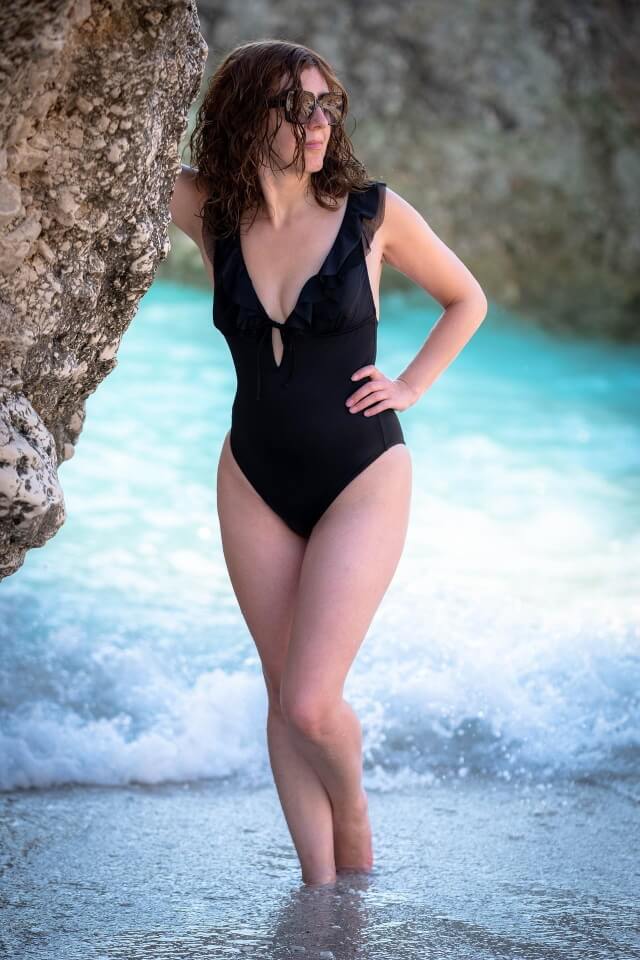
Image by Antonios Ntoumas from Pixabay
Best Fujifilm lens for both portrait and Macro

The FUJIFILM XF 80mm f/2.8 R LM OIS WR Macro is a 122mm equivalent telephoto prime for X-mount mirrorless cameras. The long focal length coupled with the f/2.8 maximum aperture is well-suited to isolating subject matter, especially when paired with the short 9.8″ minimum focusing distance, and a 1:1 life-size magnification is ideal for macro shooting.
A Floating Focus System benefits close-up work by using two distinct focusing groups in order to maintain image quality throughout the focus range, and a linear motor ensures quick, quiet autofocus performance. Additionally, a five-stop-effective optical image stabilization system complements making sharp imagery by minimizing the appearance of a camera shake.
Specification
| Focal Length | 80mm (35mm Equivalent Focal Length: 122mm) |
|---|---|
| Maximum Aperture | f/2.8 |
| Minimum Aperture | f/22 |
| Lens Mount | FUJIFILM X |
| Lens Format Coverage | APS-C |
| Angle of View | 20.1° |
| Min Focus Distance | 9.84" / 25 cm |
| Max Magnification | 1x |
| Macro Ratio | 1970-01-01 01:01:00 |
| Optical Design | 16 Elements in 12 Groups |
| Diaphragm Blades | 9, Rounded |
| Focus Type | Autofocus |
| Image Stabilization | Yes |
| Filter Size | 62 mm (Front) |
| Dimensions (ø x L) | 3.15 x 5.12" / 80 x 130 mm |
| Length at Maximum Extension | 5.11" / 129.7 mm |
| Weight | 1.65 lb / 750 g |
Pros:
- Image Stabilization is good
- Weather Resistant
- Sharp
Cons:
- The lens is loud
- It is huge compared to most other XF lenses
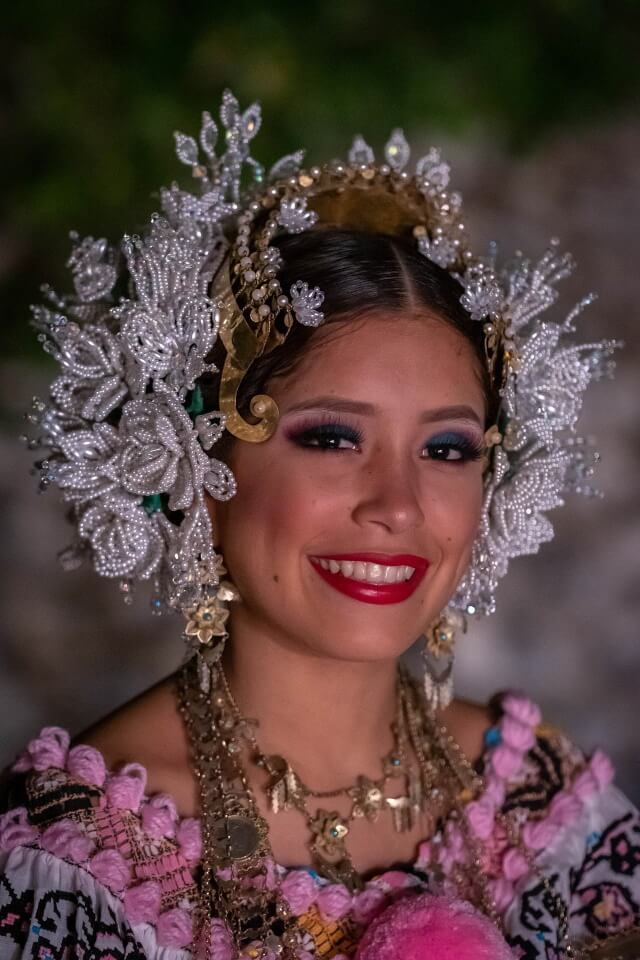
Image by Antonios Ntoumas from Pixabay
The best Fujifilm portrait lens for medium format cameras

The FUJINON GF110mmF2 R LM WR is a medium telephoto lens for portraits. With a focal length equivalent to 87mm in the 35mm format, it achieves a brightness of F2.0 when used wide open to deliver beautiful bokeh.
The high resolving power of the area in focus and the rich bokeh unique to medium format fast lenses depicts portraits with a realistic three-dimensional feel. It features fast and quiet AF due to a linear motor, is dust and weather-resistant, and is capable of operating in environments as cold as -10°C. The lens combines high performance and reliability as a professional work tool.
Specification
| Focal Length | 110mm |
|---|---|
| Maximum Aperture | f/2 |
| Minimum Aperture | f/22 |
| Lens Mount | FUJIFILM G |
| Angle of View | 27.9° |
| Min Focus Distance | 2.95' / 90 cm |
| Max Magnification | 0.16x |
| Optical Design | 14 Elements in 9 Groups |
| Diaphragm Blades | 9 |
| Focus Type | Autofocus |
| Image Stabilization | No |
| Filter Size | 77 mm (Front) |
| Dimensions (ø x L) | 3.71 x 4.94" 94.3 x 125.5 mm |
| Weight | 2.22 lb / 1010 g |
Pros:
- Bright aperture.
- Excellent optics.
- All-weather design.
- Aperture control ring.
Cons:
- No optical stabilization.
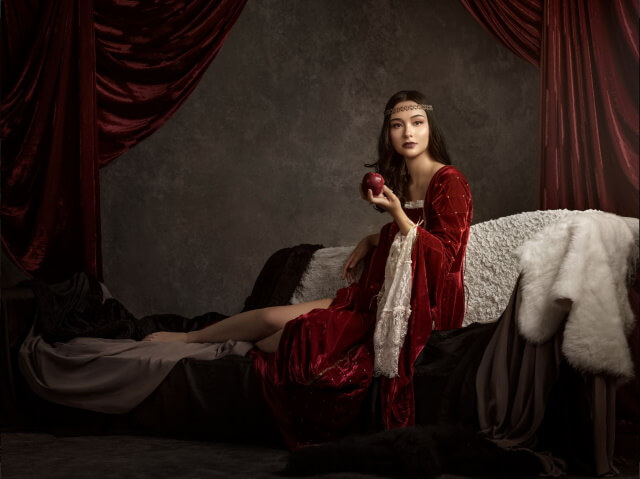
Photo by Jan Gonzalas
6. Fujinon GF80mmF1.7 R WR
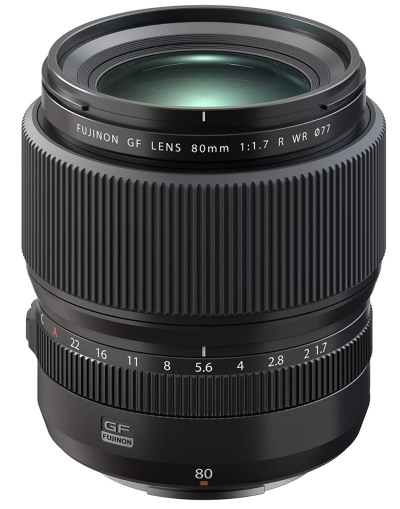
The FUJIFILM GF 80mm f/1.7 R WR is a short portrait-length prime for the G-mount GFX mirrorless medium format system. The bright f/1.7 maximum aperture excels in low-light conditions and also benefits depth of field control for precise selective focus applications.
Optically, the lens uses a pair of low-dispersion elements and one aspherical element, which corrects a variety of aberrations and helps to achieve high sharpness and clarity. Despite its fast design, this lens is relatively compact and lightweight for handheld use and sports a dust and weather-sealed design for working in trying conditions.
Specification
| Focal Length | 80mm (35mm Equivalent Focal Length: 63mm) |
|---|---|
| Maximum Aperture | f/1.7 |
| Minimum Aperture | f/22 |
| Lens Mount | FUJIFILM G |
| Lens Format Coverage | Medium Format |
| Angle of View | 37.7° |
| Min Focus Distance | 2.3' / 70 cm |
| Max Magnification | 0.15x |
| Optical Design | 12 Elements in 9 Groups |
| Diaphragm Blades | 9, Rounded |
| Focus Type | Autofocus |
| Image Stabilization | No |
| Filter Size | 77 mm (Front) |
| Dimensions (ø x L) | 3.7 x 3.9" / 94.7 x 99.2 mm |
| Weight | 1.7 lb / 795 g |
Pros:
- Fantastic build quality
- Weather sealing
- Incredibly sharp
- Good autofocus speeds
Cons:
- Significant green and purple fringing in high contrast scenarios
- The focus motors are loud

Photo by Chris YK Wong
Can’t afford a brand-new lens?
Sometimes, buying a new Lens can be very expensive for many people. However, Keh is a great option to get a used one at a reasonable price. Read the full review here.
Related Posts
The Best Fujifilm Cameras – Top 5 List!
The Best Accessories For Fujifilm – Complete Your Camera Kit!
Thanks for reading, I hope you enjoyed the article, in case you have any questions just drop them below & I will be happy to answer you.
The featured Image by Antonios Ntoumas from Pixabay
If you enjoy the site, don’t forget to subscribe, we will only inform you when a new article is posted.

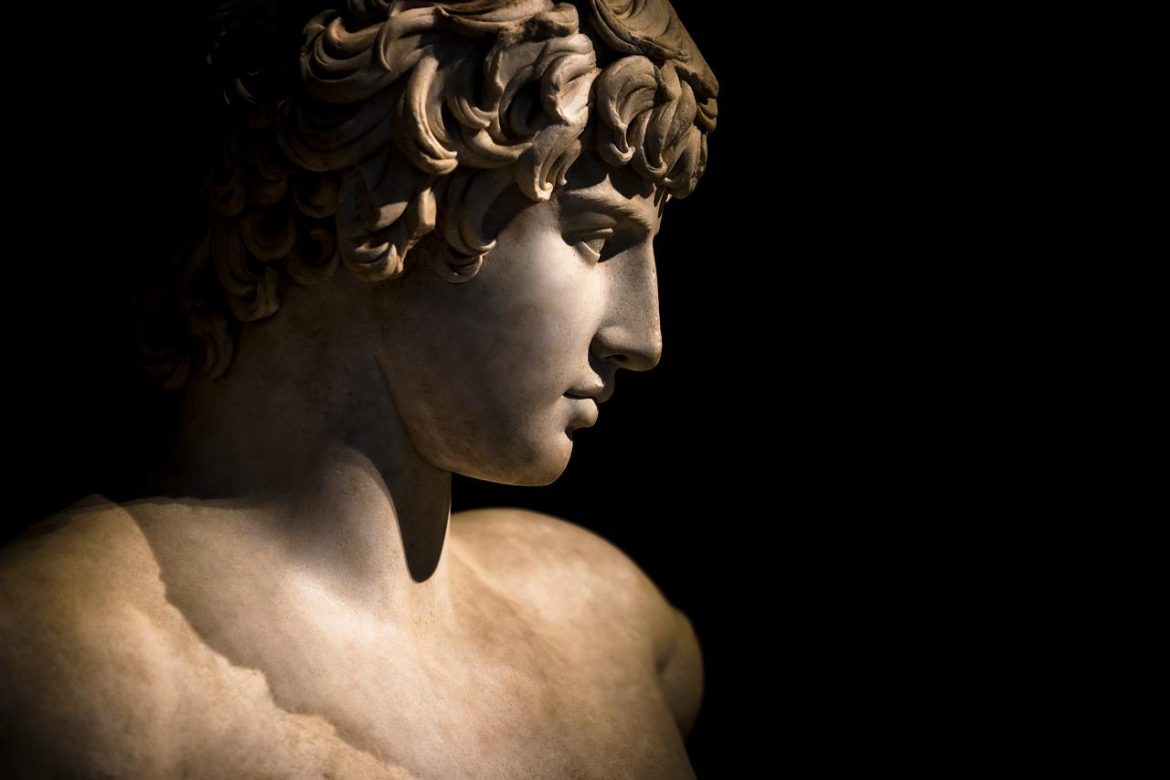





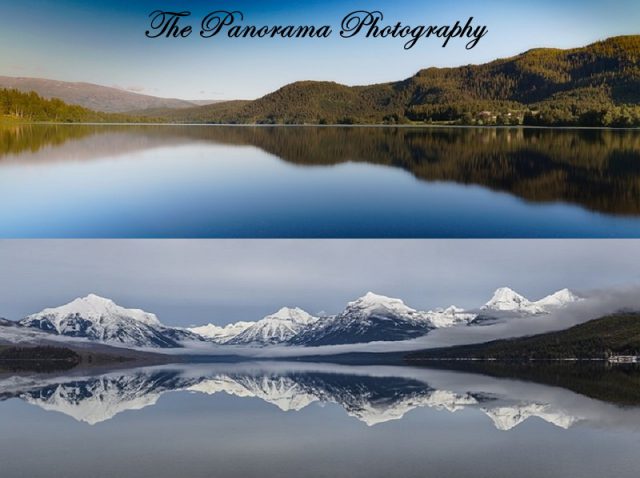
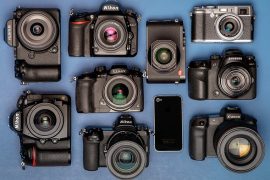
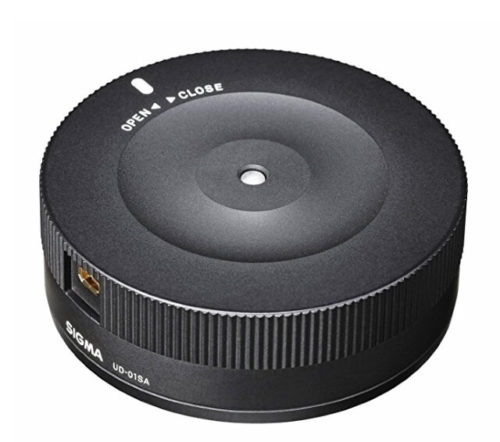
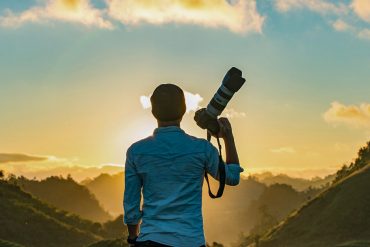
I just read your post on taking photos with an iPhone and editing them. Now you are tossing fancy cameras at me, which would probably be a lot better for my business. I think I could get some great shots that I can use on my blog, and use for sale. I did have a really nice Canon camera that I used quite frequently. I had a photographer friend help me with the settings, and then I just kind of didn’t change them. I ended up giving the camera away as the settings got messed up and I did not know how to change them. Is the Fuji lens/camera easier for newbies then what I had with my Canon?
Thanks for your comment. Most of the camera brands use similar principles for camera settings, with no big differences. It just needs a careful reading of the camera manual and then practice a lot.
Thank you very much for this valuable and detailed post about Best Fuji Portrait Lens. I also have a Fuji camera. But it didn’t have a lens. You have shown the best lenses in your post. I can now choose a good one. I think the Fujinon XF50mmF2 R WR lens is very good. I hope to buy it. Keep posting like this.
Thank you for the comment, yes the XF50mmF2 R WR lens is an amazing lens.